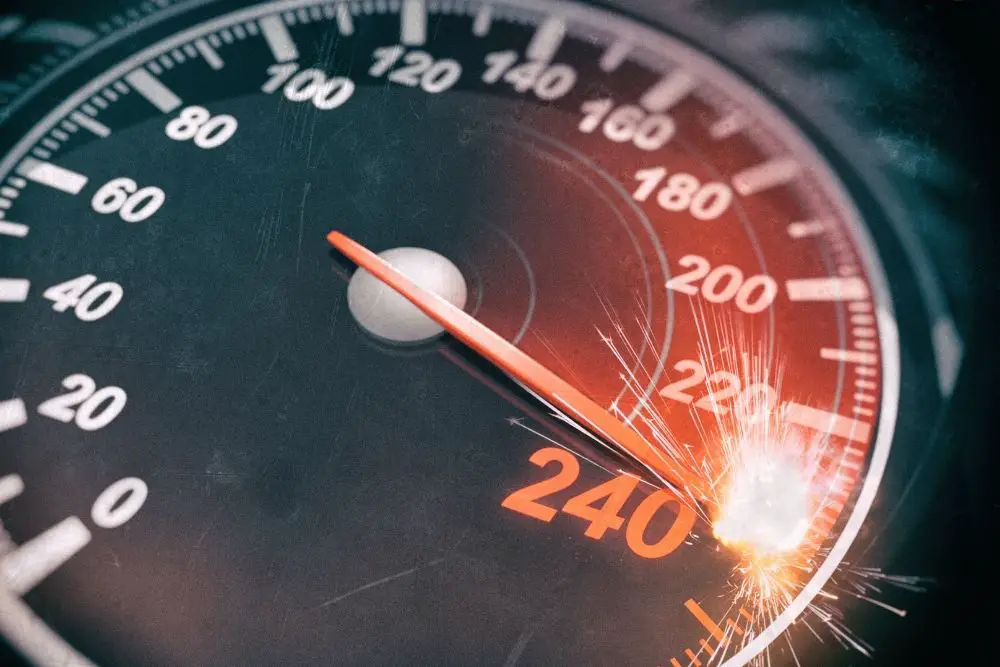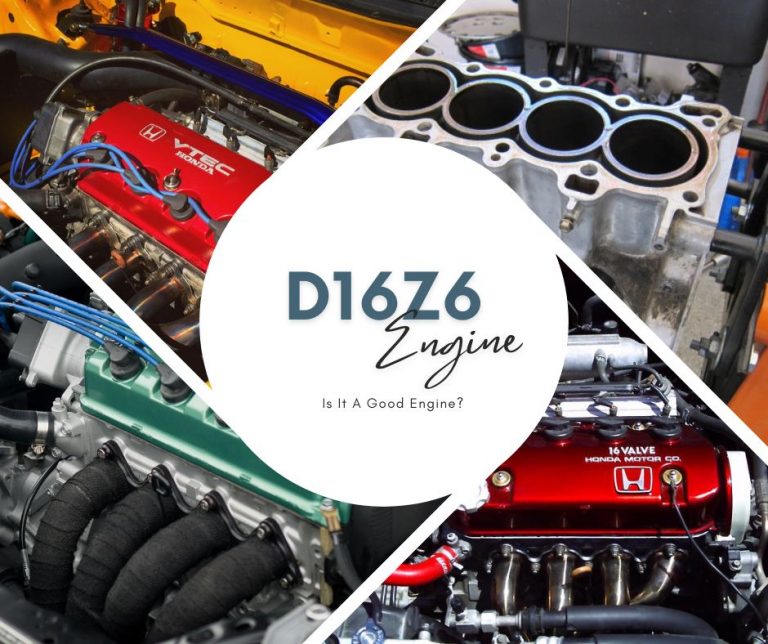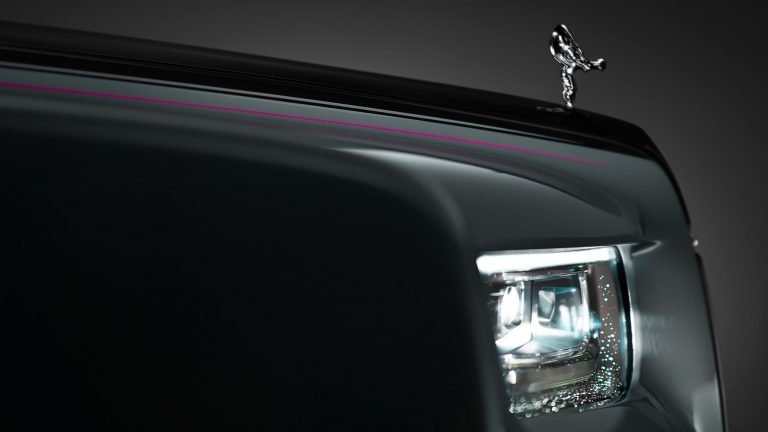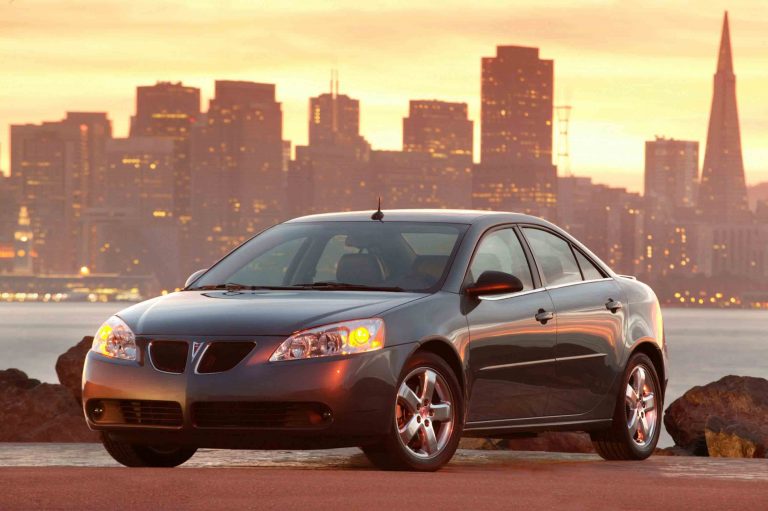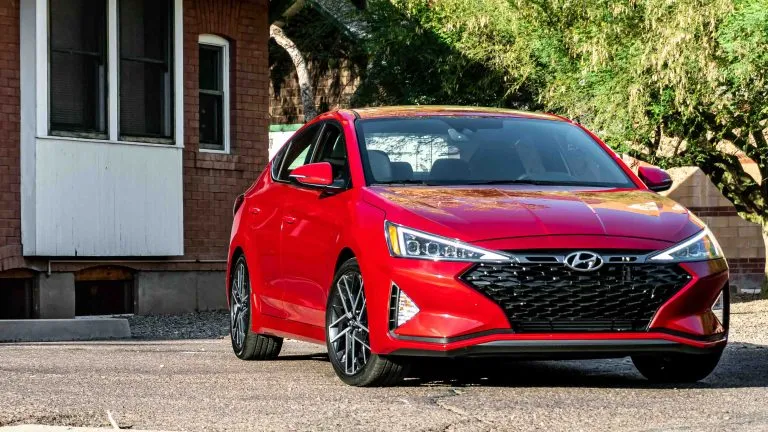What Does ‘OD Off’ Mean in a Car? (Answered)
There is a lot of abbreviations and terminology that come with owning and operating a modern vehicle. In this article, we will be discussing what OD Off means in your car.
The abbreviation OD, sometimes written as O/D, stands for ‘Overdrive.’ The overdrive on any vehicle directly relates to the transmission of said vehicle. It is a common misconception that overdrive means that the vehicle can achieve greater speeds. In very basic terms, the transmission of a car is welded onto the engine and is responsible for changing the engine’s combustion power into the momentum that in turn drives the wheels. The overdrive function is always the last gear in the transmission.
The main aim of the relationship between the gearbox, overdrive, and transmission is to ensure that the vehicle is operating as efficiently as possible to reduce fuel consumption and prevent the engine from being overloaded. There are two types of transmission: manual and automatic. Manual transmissions are less precise compared to automatic transmissions since it takes the responsibility of changing gears away from the driver. Ultimately all gearboxes, whether in an automatic or manual vehicle, work in the same way.
Overdrive Light On/Off Meaning
If the overdrive light on the dashboard comes on and stays on, there’s nothing to be concerned about. This means that the overdrive function has been turned off. The onboard computer in many modern cars will do this automatically, depending on driving conditions. In this context, driving conditions refer to whether you are driving on the highway or not.
As the overdrive function helps to improve fuel economy, it will automatically come on when the car detects that it is driving on the highway. If the car isn’t stopping and starting frequently (this is usually the case in city driving), then it will infer that the car is on the open road and the overdrive will kick in.
It’s always a good idea to allow the car to decide when to activate the overdrive function. The onboard computer will be able to determine when it is necessary to engage the overdrive. This will allow the car to have the optimum fuel economy and reduce the overall wear and tear of the vehicle.
If, however, the overdrive light on the dash is flashing or blinking this has a different meaning. It indicates that there is a fault with the car’s transmission. This fault is usually something related to the range or speed sensors, or perhaps the solenoid. If the overdrive light is flashing or blinking your best option is to have a qualified mechanic check your transmission.
Onboard computers in cars usually store the fault as a “trouble code” which will help the mechanic identity the problem.
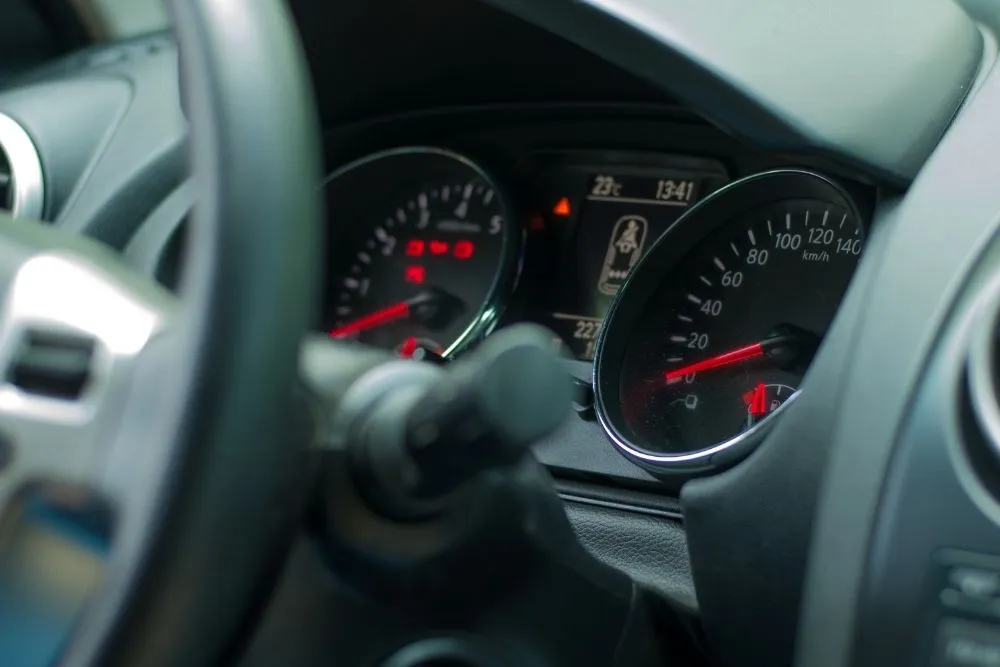
Are There Instances Where I Should Turn Off Overdrive?
Whilst this question appears in our FAQ section below, it is worth noting that there are very specific instances where you should turn off overdrive. The main one is when you are pulling a trailer or the car is carrying a heavy load. In either of these situations, the car will require more torque to get the job done.
The overdrive function reduces torque, giving your engine less of a mechanical advantage in these circumstances. Another instance where turning your overdrive off is appropriate is when the car is climbing a gentle slope. By disabling the overdrive when climbing a slope you ensure that the engine stays in third gear to gain enough climbing torque.
FAQs
Q. What does overdrive do to the vehicle?
- A vehicle with an overdrive function gives the engine a mechanical advantage which translates to better fuel use and efficiency.
Q. Is it bad to turn overdrive off?
- The short answer is no it is not bad to turn overdrive off. Turning off overdrive whilst driving will not harm the transmission of the car. You will, however, get worse fuel economy as the overdrive helps the transmission modulate fuel consumption.
Q. Is there any occasion when I should turn off the overdrive?
- Again, the answer to this question is no. It’s best to let the vehicle decide when to turn overdrive on and off. As mentioned above, nearly all modern vehicles have onboard computers that are pretty accurate at turning the overdrive on and off when it deems it necessary. However, if you are driving in hilly areas, it’s worth turning off the overdrive manually.
Q. Can I manually turn my overdrive off?
- Yes, on a car that has the overdrive function there is usually a button located on the gearshift which when pressed will turn off the overdrive function manually. Doing this will allow you to use the car’s top gear.
In Conclusion
Overdrive enables your car to reach optimum fuel economy and is particularly useful when driving on the highway. By moderating the engine, overdrive prevents overloading and enables the engine to run at a slower speed whilst traveling at greater speeds.
When the OD Off light is on on the dash this indicates that the overdrive is currently off. Having the OD off means the transmission won’t go into that gear. It is always a good idea to allow the vehicle to achieve overdrive whenever it deems necessary.
If the overdrive light on the dash is blinking or flashing, it indicates a fault with the transmission. It is important to have a qualified mechanic inspect the transmission if your overdrive light is flashing.

